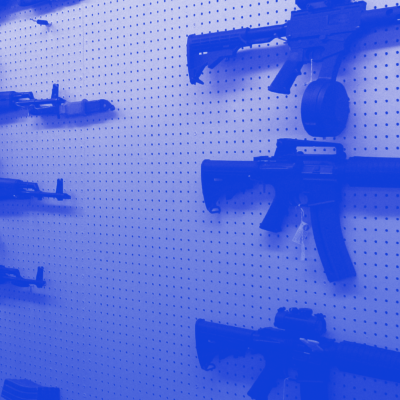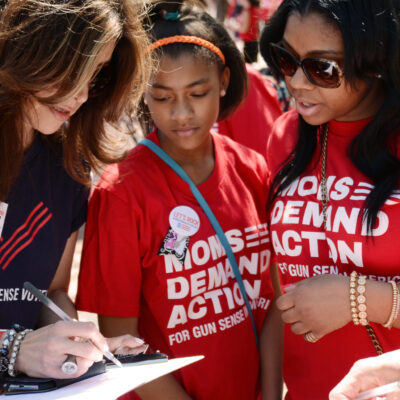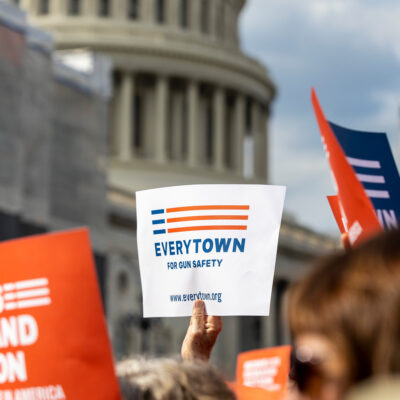Colorado’s Red Flag Law Should Have Prevented the Horrific Mass Shooting at Club Q in Colorado Springs. Here is What you Need to Know:
11.22.2022
This Saturday, on the eve of Transgender Day of Remembrance, a hate-filled mass shooting at the LGBTQ+ Club Q in Colorado Springs, Colorado resulted in five people being killed and at least 18 more wounded. The shooter is in custody and is being charged with bias-motivated crimes.
As we continue to learn more details, one thing is clear: This atrocity may have been avoidable if Colorado’s common sense gun laws were properly utilized. Colorado has strong gun laws, including an Extreme Risk law (also known as a Red Flag law), that empowers loved ones or law enforcement to temporarily prevent violent, hate-motivated individuals from accessing firearms. There were clear warning signs from the shooter’s previous record of violence. Just a year and half before this horrific shooting, the shooter was arrested for threatening his mother with weapons and a homemade bomb. That led to a standoff with law enforcement, who knew he had access to firearms — clear warning signs that he posed a risk of future violence.
Despite the shooter’s violent history, an extreme risk protection order was not issued, likely in part because the shooter lived in a county that was openly hostile to common sense gun safety laws. While the state legislature was advancing the bill that became Colorado’s extreme risk law, El Paso County declared itself a so-called “Second Amendment Sanctuary County,” voting not to comply with Colorado’s Red Flag law and the sheriff has openly expressed hostility to Colorado’s Red Flag law.
Every state with a Red Flag law needs to use the newly available federal resources that were made available as part of Bipartisan Safer Communities Act to ensure that these laws are effectively used when someone shows signs they are a risk to themselves or others.
Red Flag laws work and can save lives but they must be used.
This shooting was preventable, the tools were available and yet five people are dead, dozens wounded, and an entire community forever traumatized, because a man filled with hatred and bigotry had access to deadly weapons.
Since 2009, the U.S. has had at least 288 mass shootings, defined as four or more people shot and killed, resulting in at least 1,616 people shot and killed and 1,068 people shot and wounded. This includes at least six mass shootings in Colorado, which has resulted in 42 people shot and killed and 89 people shot and wounded.




